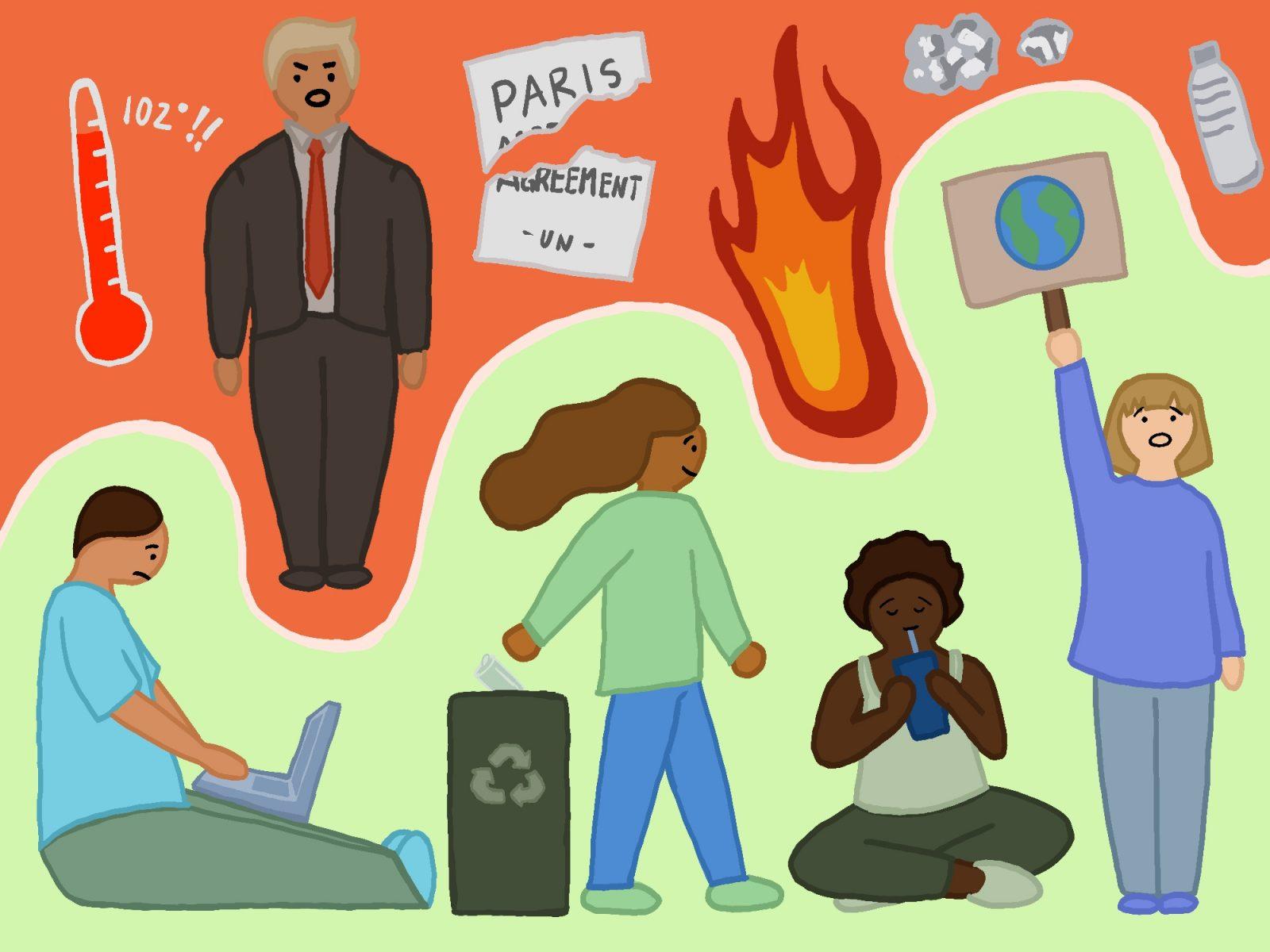With the freedom to share any sort of provocative thought on social media comes an inevitable slew of increasingly controversial content found online.
Privately owned social media platforms like Twitter have taken the initiative to censor posts that contain graphic violence, adult content and hateful imagery. But on Thursday, President Donald Trump signed an executive order to remove liability protection for social media sites when they fail to censor false information.
Though this order likely lacks the capability to stand in court, it will still pose a threat to the protections enjoyed by privately owned public forums that are independent of any government affiliation. No company wants to go through litigation if they can avoid it, even if the odds are in their favor.
Trump’s desired mandate is an ironic move to make, as it will result in such platforms, including his oft-used Twitter, revving up their monitoring of much of the kind of content he puts out. He is seemingly unconcerned about the implications the order will have on his own account, which is already notorious for name-calling and deception.
A major issue with Trump’s order is that he fails to establish necessary parameters for monitoring content. He wants all posts to center around the “facts,” but who draws the line between truth and conspiracy? Even Trump’s personal account has been used to spread misinformation, and was recently flagged for sharing such content.
We have already seen the rapid spread of false information on social media sites from politicians and everyday citizens alike. When those in power — namely, those in government — give themselves charge to enforce the policing of truth, a door opens for them to pressure a federal agency such as the Federal Communications Commission to implement the order based solely on politics.
The question of what is considered fact will undoubtedly become a political issue.
Many partisans, especially those on the more extreme side of either spectrum, have already claimed that news media outlets hold a bias against their party. What happens when a social media company like Twitter begins enforcing constant fact-checking?
The blame redirects. The fingers will point, soon, to big tech as the perpetrator of bias.
The order defines no clear objective truth-seeker, and presents no outline for how to determine what is fact and what is false.
Yes, the order sets an interesting and necessary precedent for integrating accountability into all forms of media. But to truly see it succeed, we must first agree on a baseline of fact to rely on. How can one prove, for example, the veracity or falsity of a conspiracy theory?
It is evident that our own president cannot determine the truth, and those in Congress are all too often blinded by partisan partiality. That leaves only the judiciary, and even that can be a branch of dubious integrity.
Furthermore, the order lacks an explicit plan on regulation and enforcement. Of course, high-profile accounts such as the president’s will be more on the radar of users. But where do accounts with smaller audiences fit into this plan? The regulation of such accounts could easily fall through the cracks.
There is no way to ensure that qualified task forces will be assembled to take on the responsibilities of this order. And there is no way to ensure that social media sites will be held responsible for inconsistent monitoring of content. There are too many unsettled variables for such a rushed directive to be effective.
This ill-thought-out order could generate serious implications for the future of social media use. It carries the potential to change users’ outlook on what social media is and the purposes it serves. These restrictions, which may sound reasonable at a glance, will only place a looming burden on what can be said online.
Trump has been vocal recently in promoting unverified, potentially dangerous public health guidance, and has a history of making defamatory public statements about those who offend him. It seems counterintuitive to desire an atmosphere built on censorship when that’s the opposite of what he preaches.





















































































































